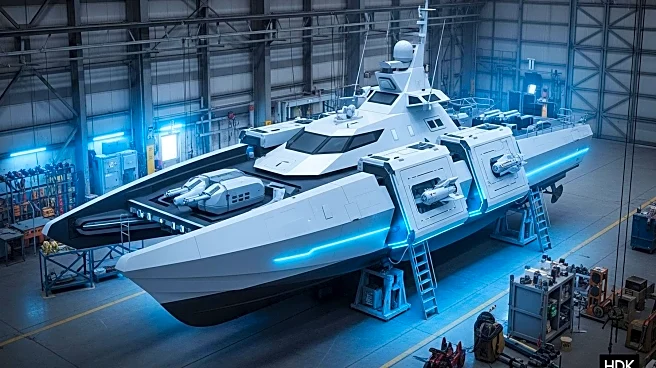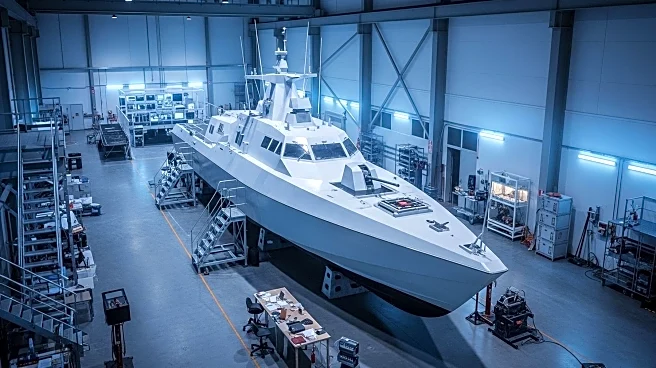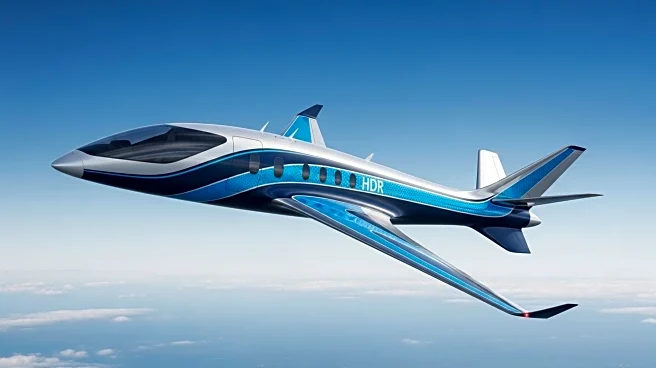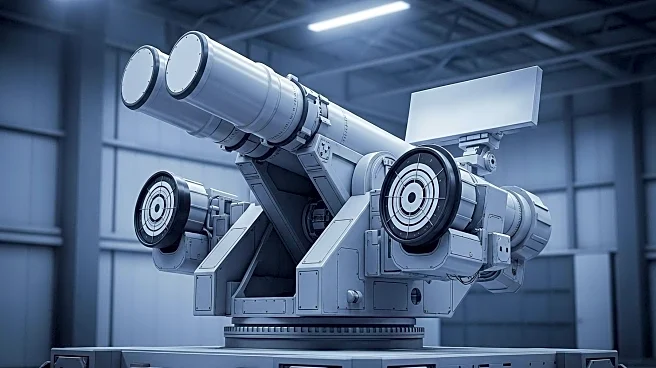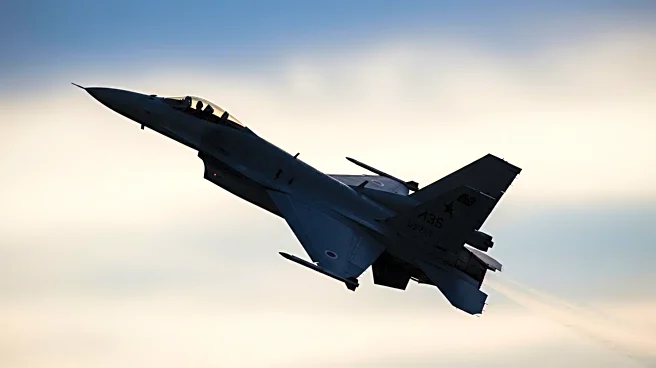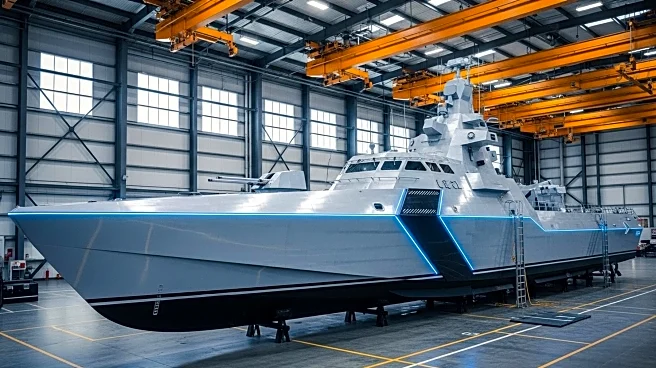What's Happening?
Strategic Marine, a Singapore-based shipbuilder, and Eureka Naval Craft, a U.S. firm, have signed a memorandum of understanding to develop the Aircat Bengal MC, a modular attack craft. This collaboration is in anticipation of upcoming defense requirements. The Aircat Bengal MC is derived from the Aircat Crewliner 35, a vessel used in offshore oil and gas operations, and features a modular payload architecture for rapid reconfiguration in various operations, including anti-surface warfare and humanitarian missions. The vessel can reach speeds in excess of 50 knots and has a range of about 700 nautical miles.
Why It's Important?
The partnership between Strategic Marine and Eureka Naval Craft highlights the strategic alignment of international firms in response to evolving defense needs. The development of the Aircat Bengal MC represents a significant advancement in modular naval craft technology, offering flexibility and adaptability for various military and humanitarian operations. This collaboration could enhance the capabilities of naval forces, providing them with versatile tools to address diverse challenges. The project also underscores the importance of innovation in defense technology, potentially influencing future procurement strategies and military operations.
What's Next?
While specific details of the defense requirements remain confidential, ongoing talks suggest that the Aircat Bengal MC could be positioned for future military contracts. The modular design of the craft may attract interest from defense agencies seeking adaptable solutions for complex missions. As the project progresses, further developments and potential contracts could be announced, impacting the strategic positioning of both companies in the defense industry.
Beyond the Headlines
The collaboration between Strategic Marine and Eureka Naval Craft may set a precedent for international partnerships in defense technology development. It raises questions about the role of modular design in modern military strategy and the potential for such innovations to reshape naval operations. The project also highlights the intersection of commercial and defense interests, emphasizing the need for confidentiality and strategic planning in military technology development.
